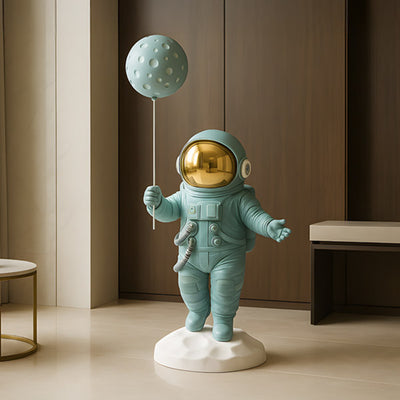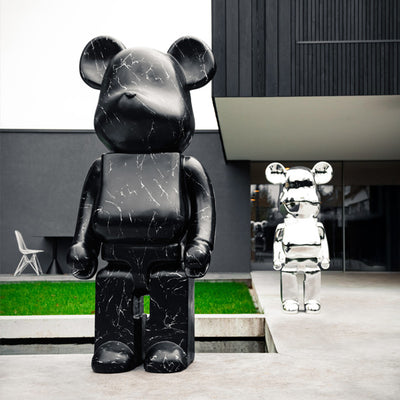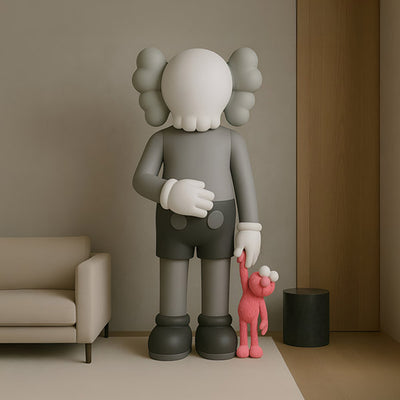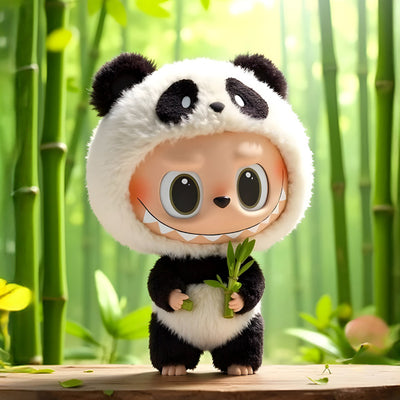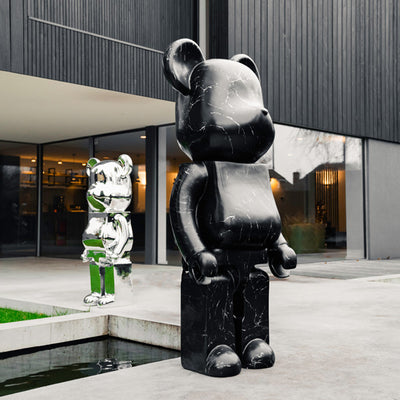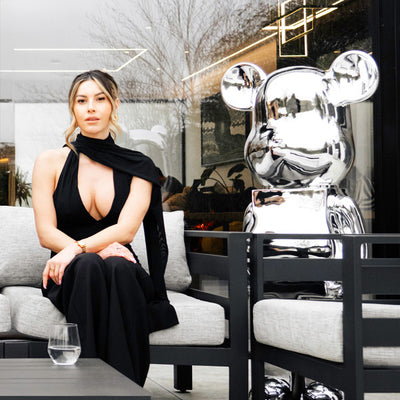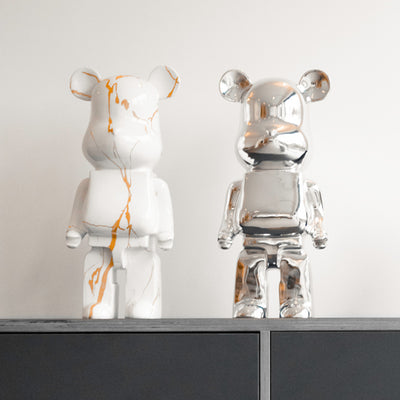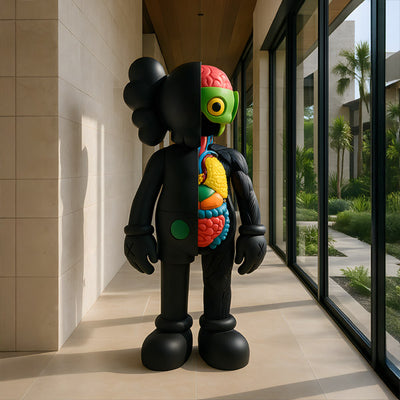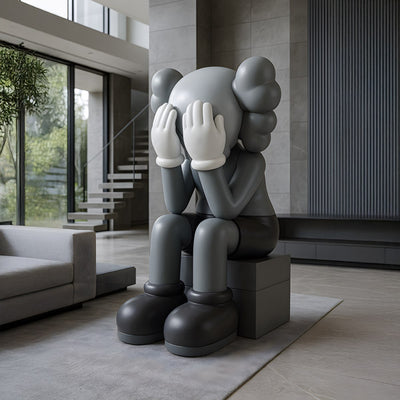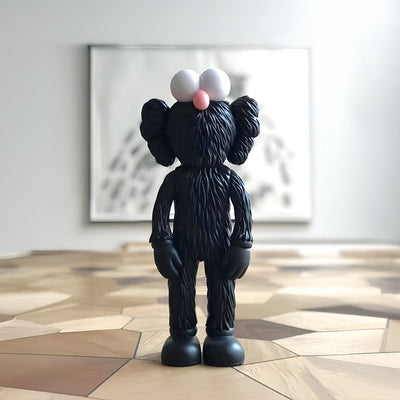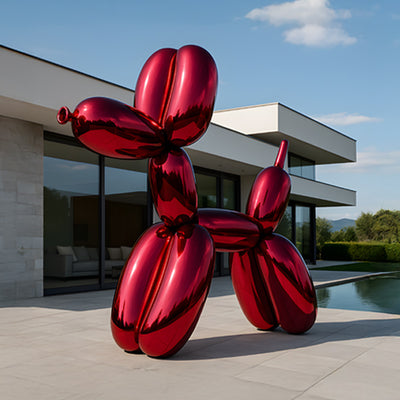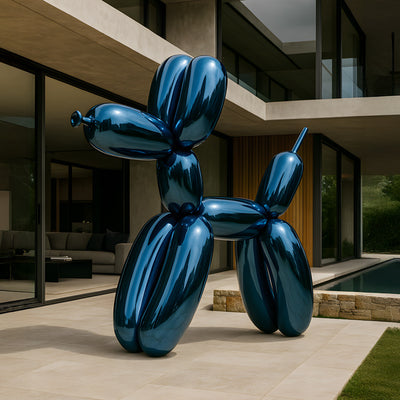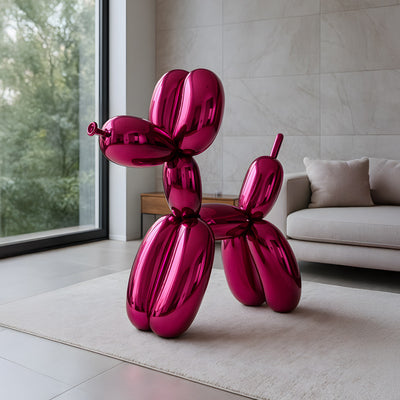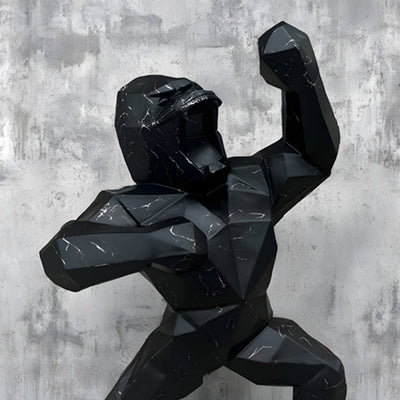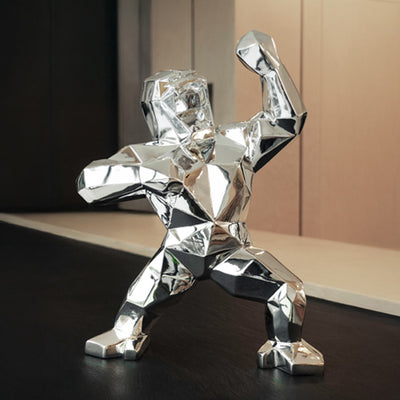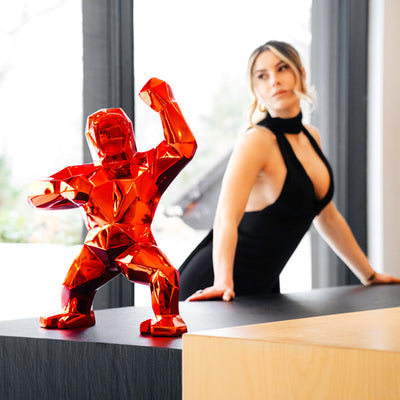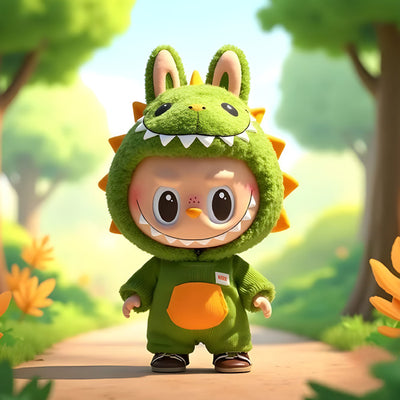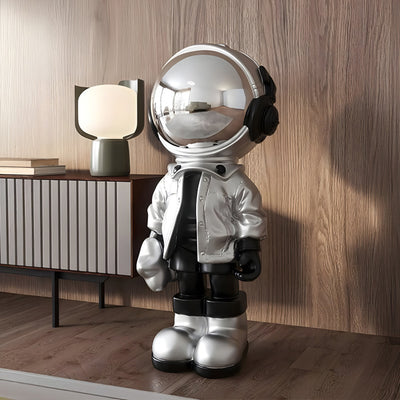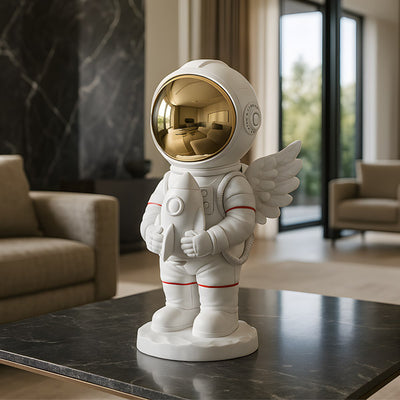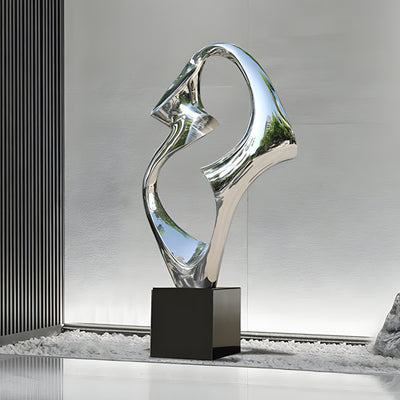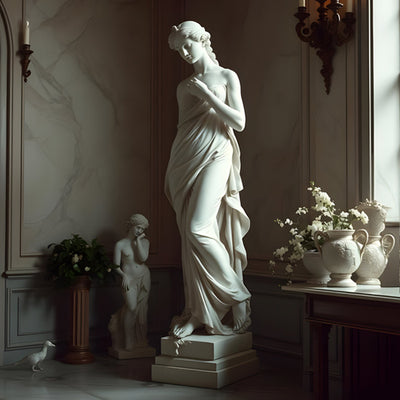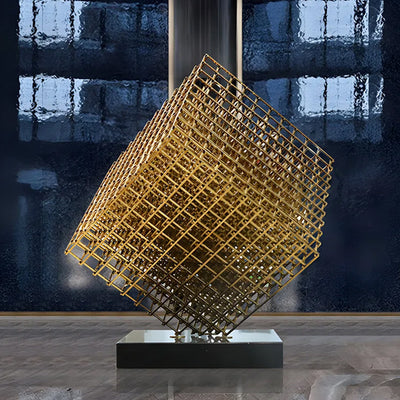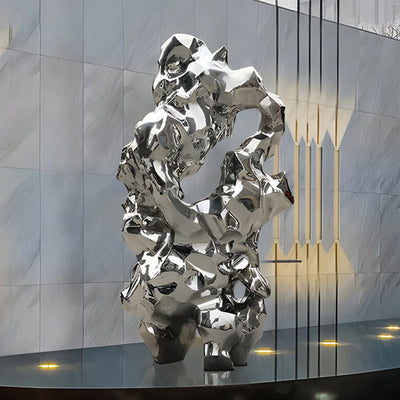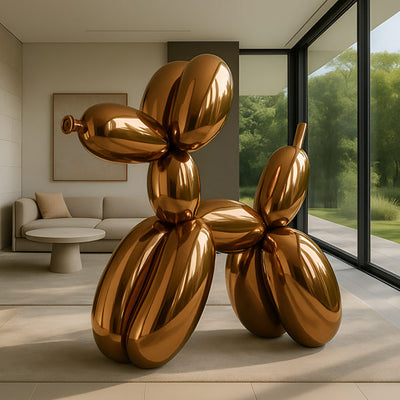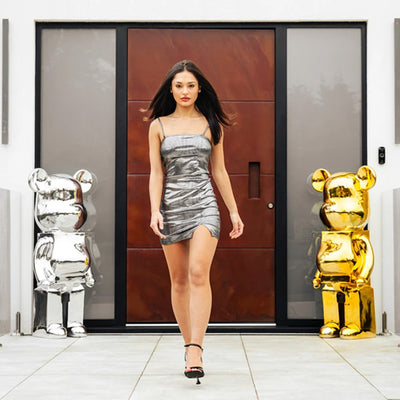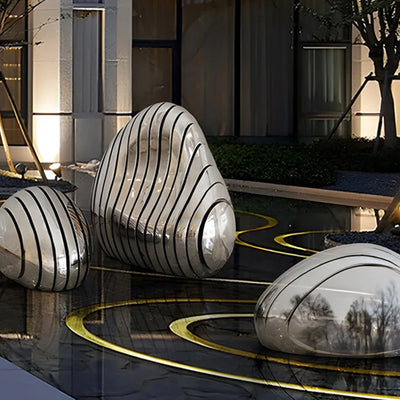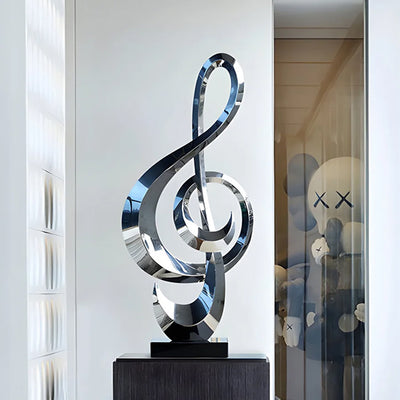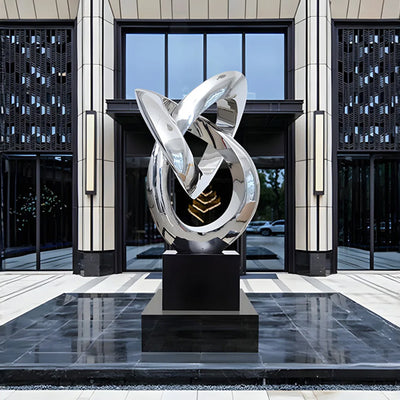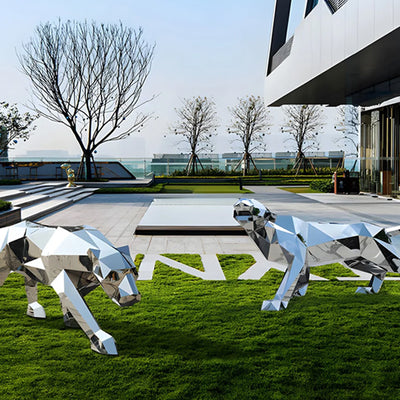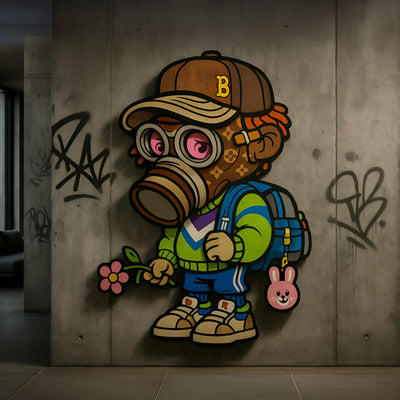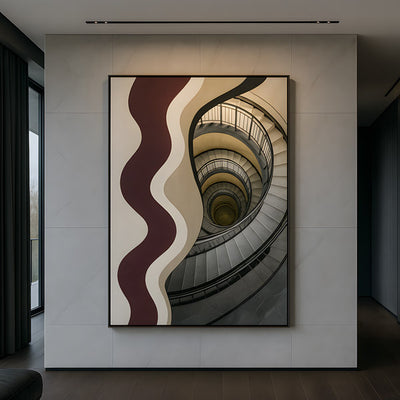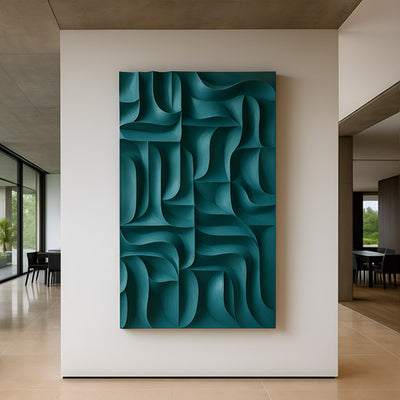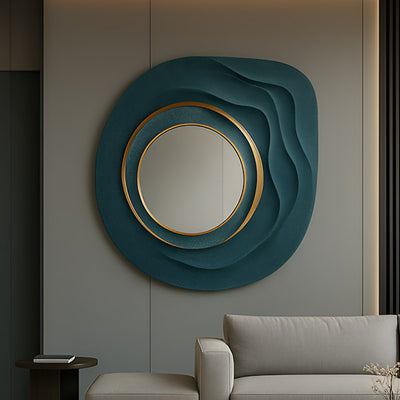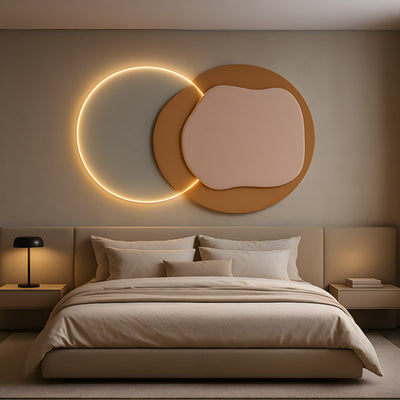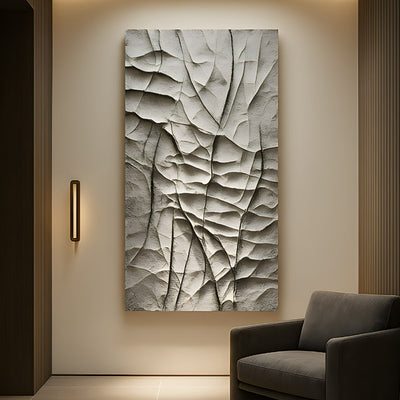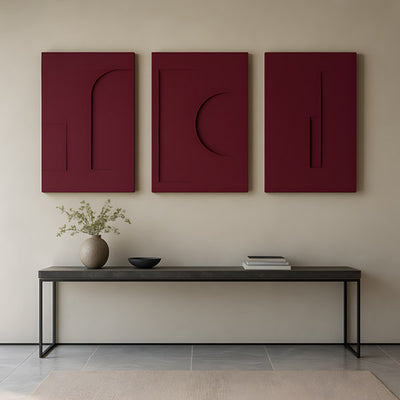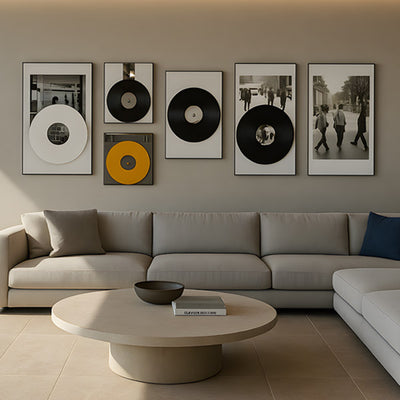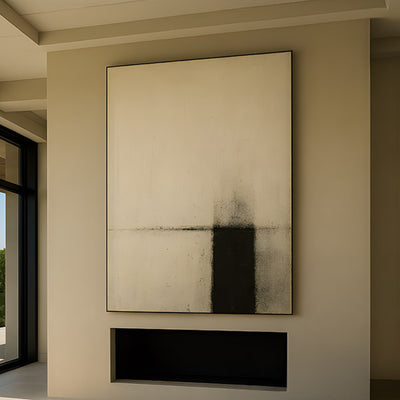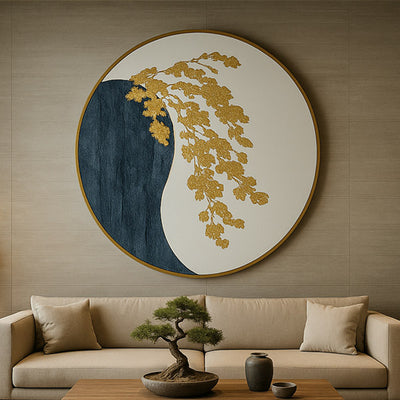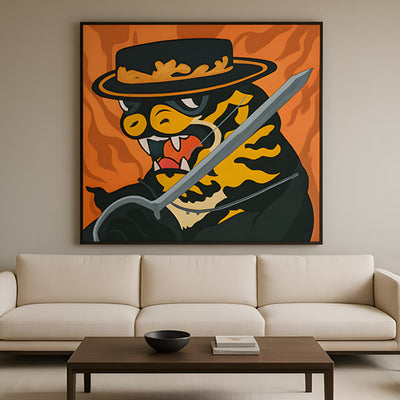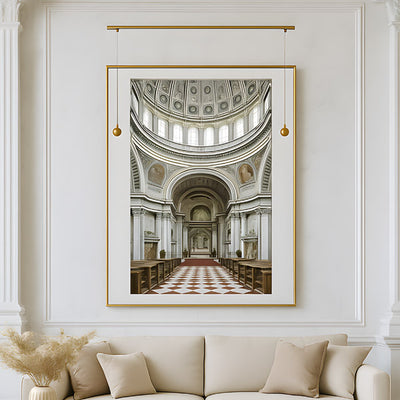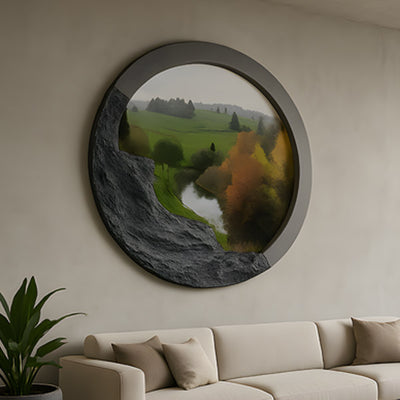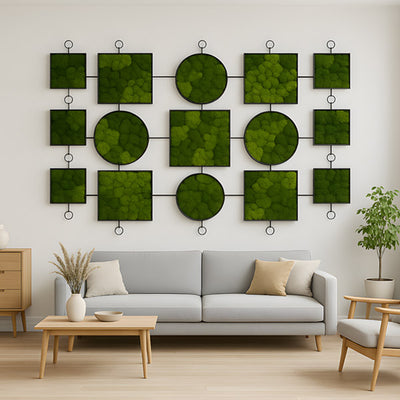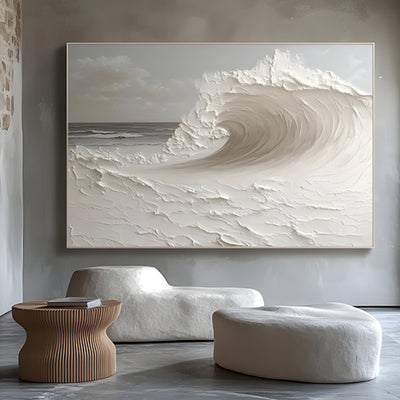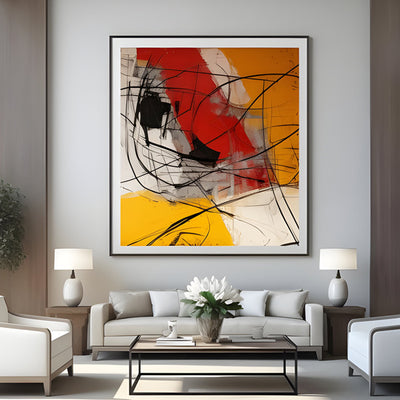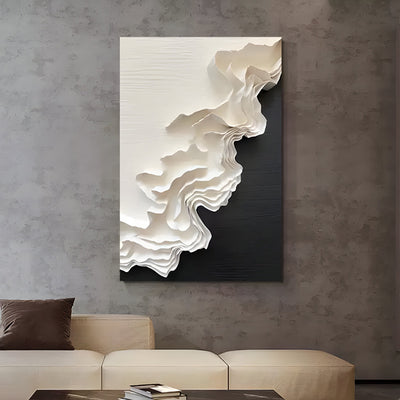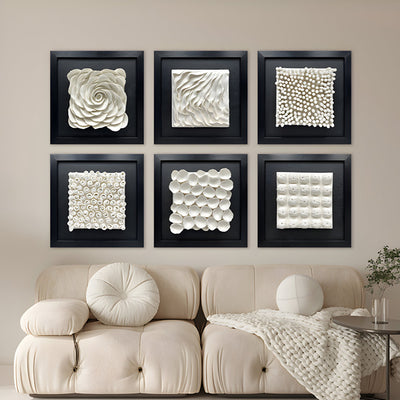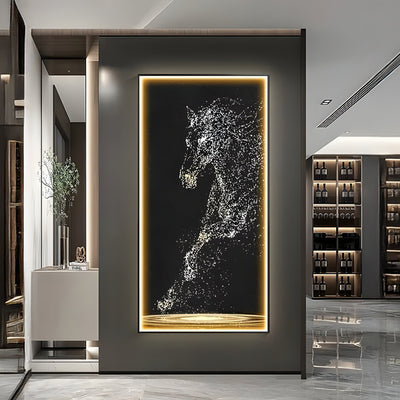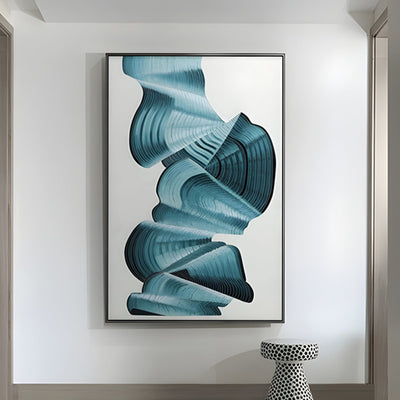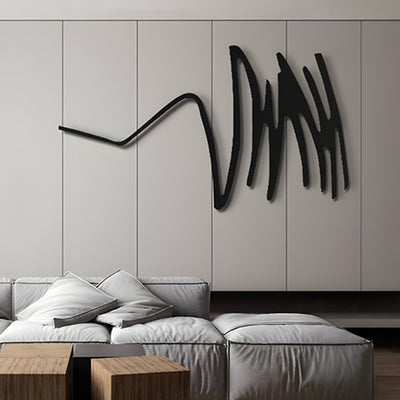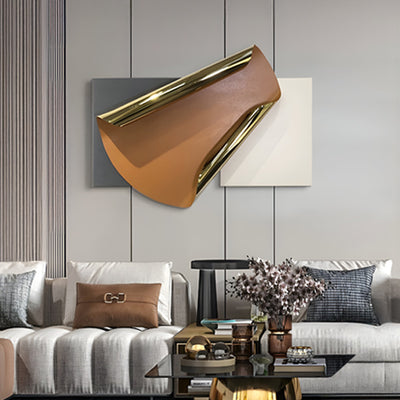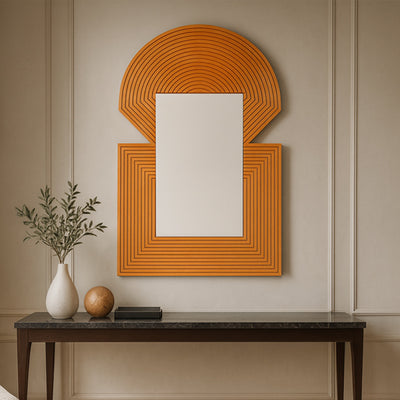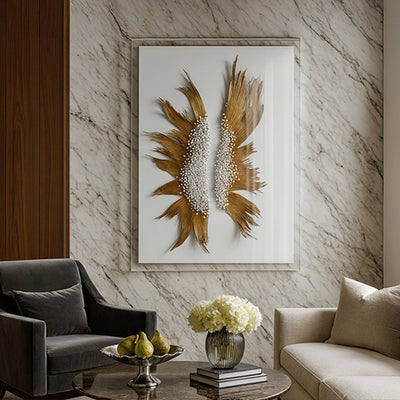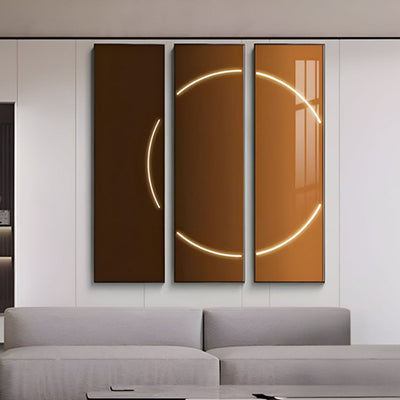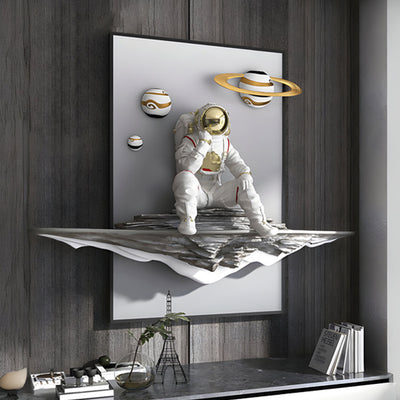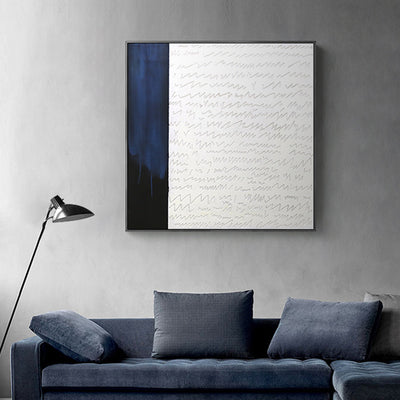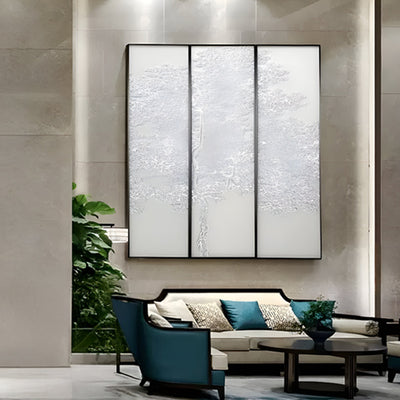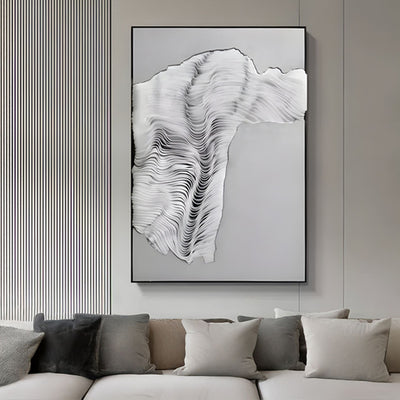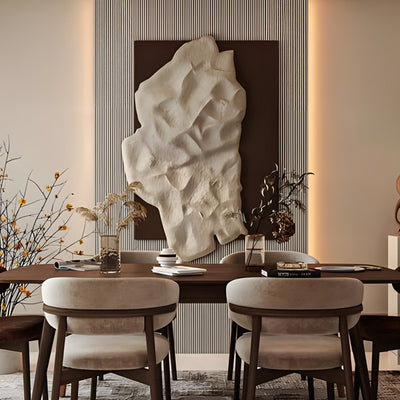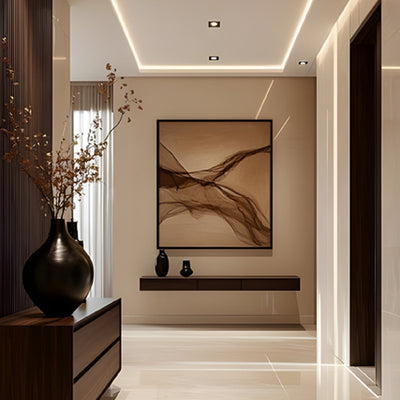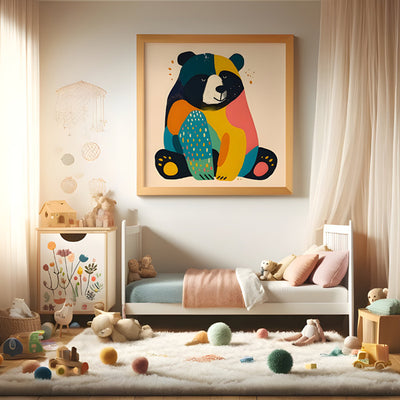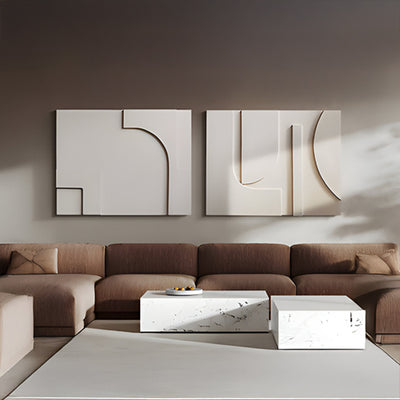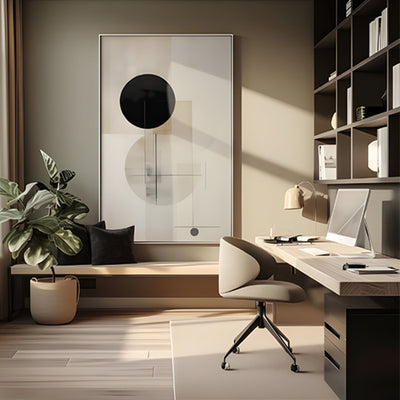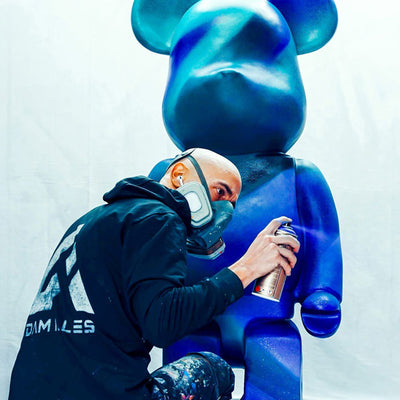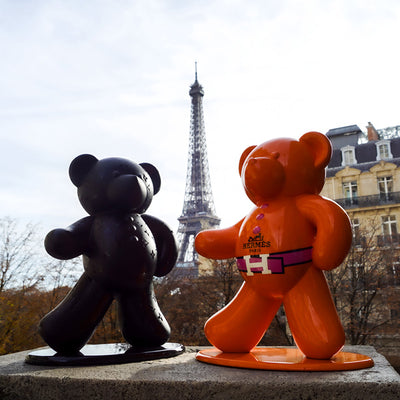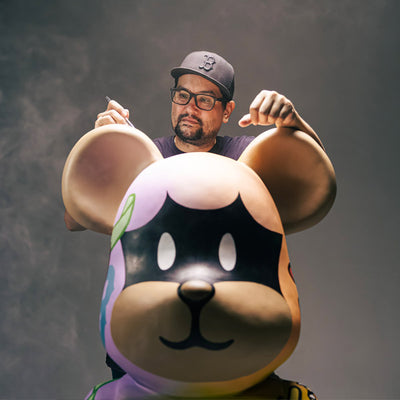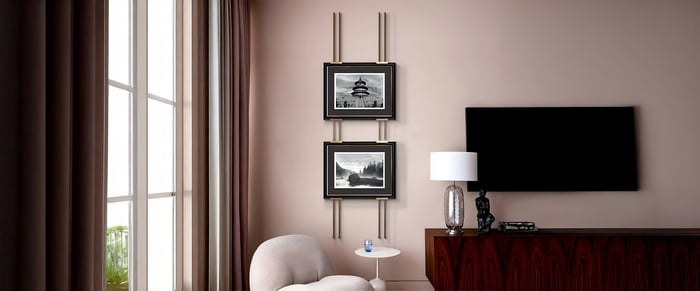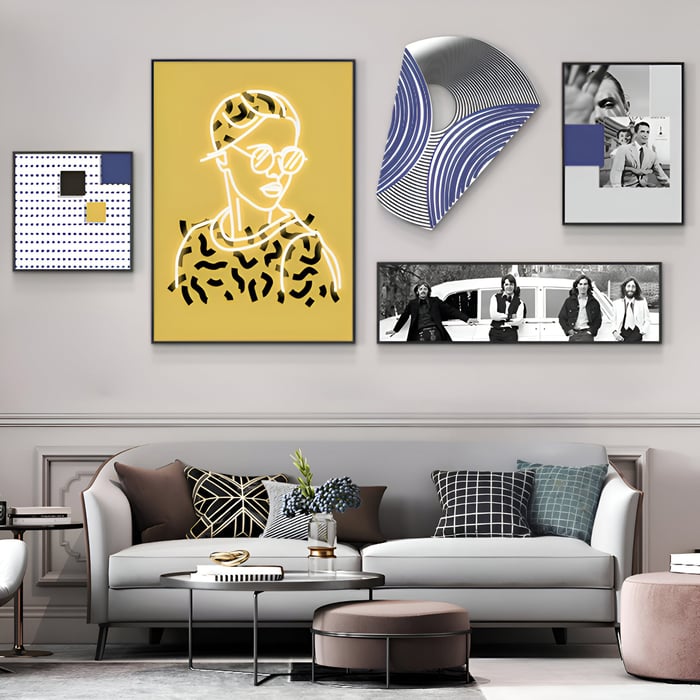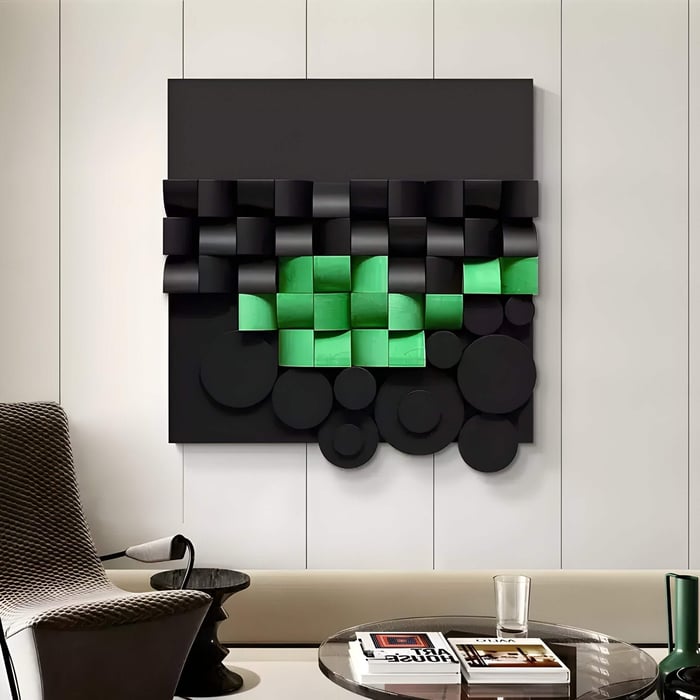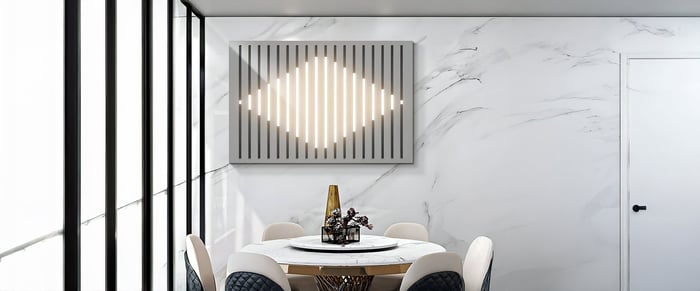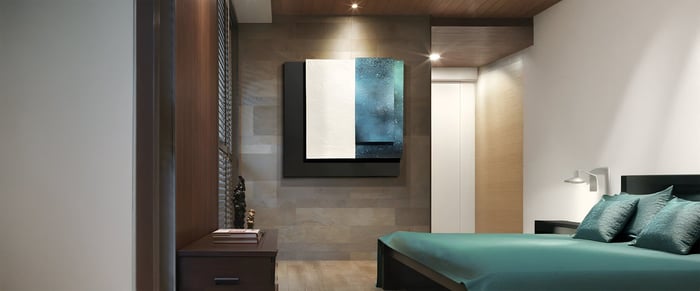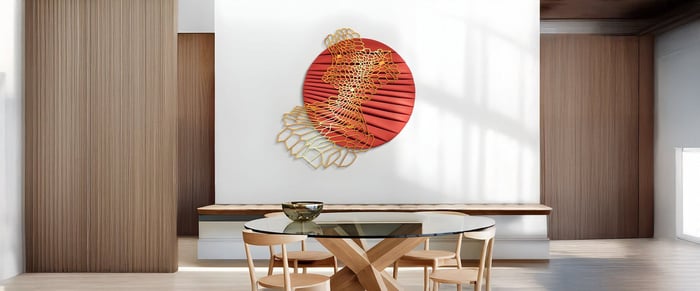Introduction
In an age when digital design dominates, a compelling counter-trend is quietly emerging: the return of nostalgic design. Across homes, studios, and creative spaces, there’s a renewed affection for the bold colors, vintage typography, and iconic patterns of decades past. Retro art is no longer a relic, it’s a statement.
From mid-century modern minimalism to the kaleidoscopic energy of the 70s and 80s, the aesthetics of yesteryear are making their way back onto our walls. This revival is more than a design choice; it reflects a deeper desire to reconnect with eras that evoke optimism, rebellion, or artistic experimentation. Retro art invites us to revisit those moments - reimagined for the modern home.
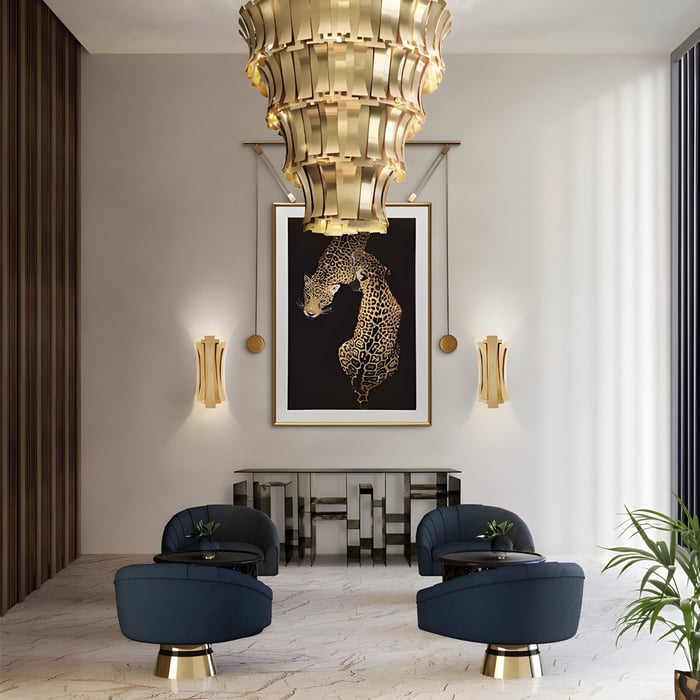
What is Retro Art?
Spanning from the 1950s through the 1990s, retro art covers a wide range of styles inspired by the visual culture of the 20th century. It blends artistic movements such as Pop Art, psychedelia, mid-century minimalism, and the vivid patterns of the Memphis Group.
This genre draws heavily from advertising, film posters, product design, and popular media of its time. Whether it's the playful repetition of Warhol’s work, the dreamlike gradients of 70s surrealism, or the punchy graphics of 80s synth culture, retro art leave a lasting impression.
Why It’s Making a Comeback
Cultural Nostalgia and Design Trends
Design trends often reflect cultural undercurrents. In recent years, there’s been a collective longing for familiarity - especially among Millennials and Gen Z, who are now embracing the visual markers of their parents’ and grandparents’ eras. This desire to revisit the past has led to a renaissance of nostalgic design across fashion, music, and home décor.
Art is a natural extension of this trend. Incorporating retro art into home interiors satisfies both aesthetic and emotional needs, offering comfort, quirkiness, and character in equal measure.
Styling Your Home with a Retro Touch
Creating a retro-inspired interior doesn’t require a full makeover - strategic wall art placement can do much of the heavy lifting. Whether you're curating a gallery wall or spotlighting a single statement piece, vintage visuals help establish an intentional mood. Here’s how to use nostalgic artwork to elevate every room in your home with style and substance.
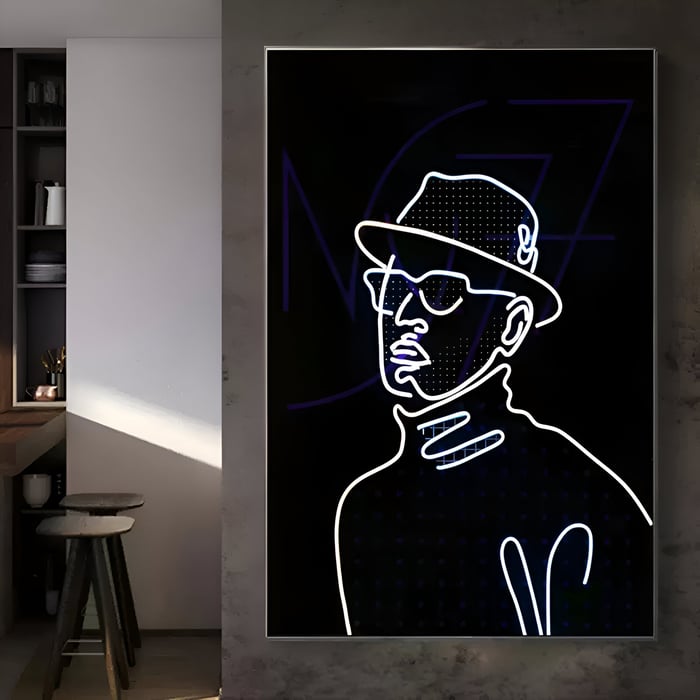
Dining Room Art with a Twist of Nostalgia
The dining room is often overlooked in design conversations, but it’s one of the most social spaces in a home. Injecting retro art into this area adds vibrancy and charm that enhances mealtimes and gatherings alike. For an easy win, start with dining room art that evokes classic hospitality or culinary culture. Vintage French bistro posters, Italian aperitivo ads, or stylized fruit illustrations from mid-century cookbooks can infuse warmth and authenticity into the space.
Color plays a crucial role here. Consider integrating mustard yellows, cherry reds, or mint greens - shades that dominated 50s and 60s kitchens - to complement your chosen art. If your dining room features wooden furniture, opt for artworks with geometric patterns or pop-inspired repetition to contrast the organic tones and add visual rhythm.
Framing also matters. Go for slim black or brass frames for a refined gallery feel, or choose wood with a patina finish to enhance the nostalgic atmosphere. By mixing vintage subjects with contemporary presentation, your dining space becomes not just a place to eat, but a backdrop for storytelling and shared moments.
Living Room Art that Sparks Conversation
Your living room is a canvas for self-expression - and retro art offer the perfect palette. Whether you're drawn to the glam of the 70s or the expressive chaos of 80s pop culture, nostalgic art lets you set the tone with confidence. Start by choosing a central piece that grounds the room: oversized cinema posters from the golden age of Hollywood, record cover collages, or dynamic abstract works with contrasting colors.
The beauty of living room art lies in its versatility. A set of three symmetrical prints from the mid-century modern era can echo clean Scandinavian lines, while a solo psychedelic poster can become the room's eye-catching centerpiece.
Don’t shy away from experimenting with textures and finishes. Matte prints can feel more vintage, while gloss or canvas adds a contemporary edge. Keep your furnishings and accessories somewhat pared back so your art can speak clearly - after all, the goal is to create a space that feels both lived-in and intentionally styled.
Bedroom Art with Vintage Soul
The bedroom is your sanctuary, a place where the mood should reflect serenity and individuality. That makes it the perfect setting for soft, emotionally resonant retro themes. Think subtle 70s earth tones, minimalist line drawings, or romantic travel photography from the 60s. This is where bedroom art can take on a more personal dimension - less about pop and more about soul.
Opt for calming visuals like sunrises, vintage botanical prints, or abstract compositions with curved forms and gentle gradients. These not only add visual interest but also promote relaxation and warmth. Position art above the bed or on a side wall to draw the eye without overwhelming the room's tranquility.
Framing can again set the tone: natural wood frames or vintage-look metals can enhance the softness of the artwork. For a more bohemian retro vibe, consider layering smaller framed pieces or leaning them on a shelf rather than hanging everything symmetrically. This relaxed approach reflects the organic, rule-breaking attitude of the 70s and helps personalize the space.
Whether it’s a dreamy pastel landscape or a retro art print that reminds you of a childhood memory, the right bedroom piece can transform the room into a retreat infused with character and calm.
Themes and Eras That Inspire
Retro art is far from one-dimensional. In fact, its strength lies in its diversity:
Pop Art: With bright colors and pop culture references, this style is playful and bold.
Psychedelia: Originating in the 60s and 70s, it features fluid shapes, trippy symmetry, and saturated hues.
Mid-Century Modern: Clean lines, muted colors, and functional beauty define this ever-popular look.
Neon Graphics: The 80s brought a love for high-contrast visuals and synthetic textures, often digitally influenced.
These themes continue to influence how we decorate today - proof that even decades later, creative energy from the past still resonates.
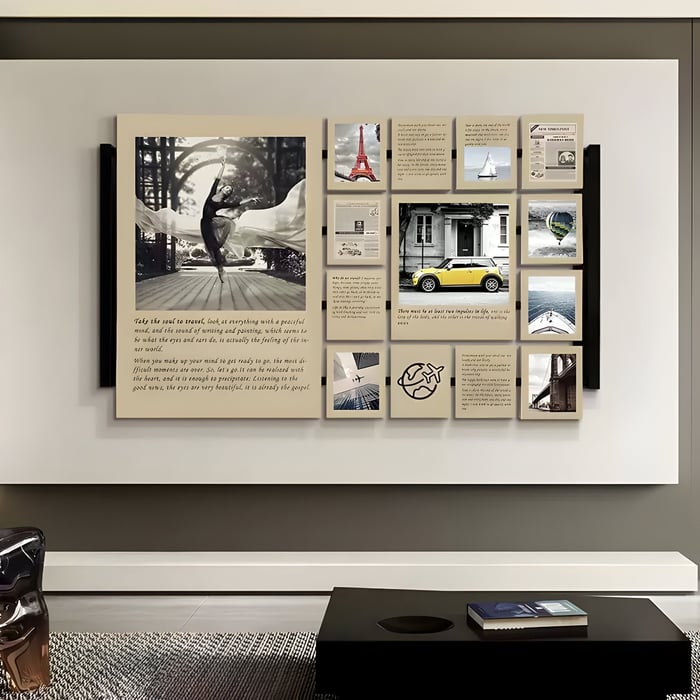
Conclusion
Nostalgia has never looked so fresh. Whether you’re revamping your bedroom art, adding edge to your living room art, or bringing life to your dining room art, vintage-inspired visuals offer a unique way to reflect your taste and story.
In a world of fleeting trends, retro aesthetics remain a stable, stylish anchor - connecting memory and modernity in ways few styles can.
Let your walls tell a story from the past - revived and refreshed for today’s home.
